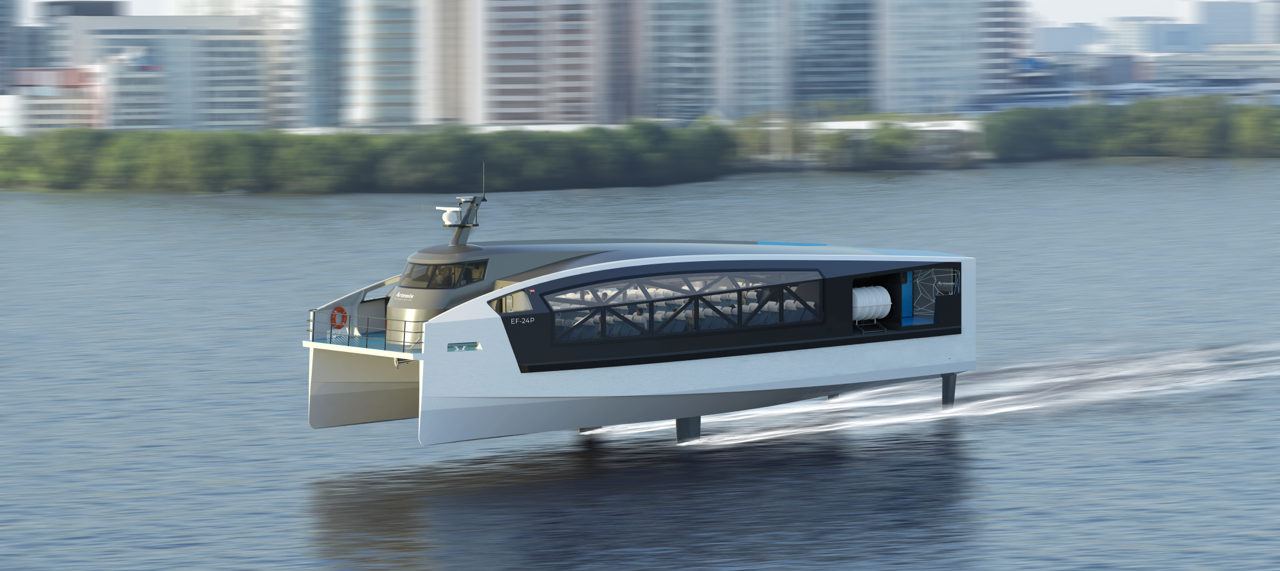Digital twin technology is revolutionizing industries, offering a risk-free, cost-effective way to analyze and optimize operations. Its potential for the maritime sector is vast but underexplored.
Digital twin technology provides valuable insights without the costs and risks of operating a vessel. Commonly used in aerospace, automotive manufacturing, and construction, it has proven effective in high-cost sectors. The maritime industry can greatly benefit from digital twins by optimizing energy use and enhancing operational efficiency. However, this technology also presents challenges for maritime operations.
What is a digital twin?
Digital twins, though complex, can be broadly defined as digital representations of real-time events. Usually, they involve creating a model of the design that mirrors actual operations, enabling real-time analysis and prediction.
Instead of observing the actual operation, it is possible to analyze a digital model of the operation. With this digital version, it is possible to predict future occurrences that may impact operations, learn from them, and implement changes. A digital twin can be cost-effective and reveal insights not apparent in real operations.
Why utilize digital twin? What are the benefits?
Predictive Analysis: Foresee and mitigate equipment aging or failures.
The main benefit of a digital twin is its ability to generate predictions in a simulated environment or alongside real-time operations, offering insights for better performance. It helps anticipate new scenarios and explore potential outcomes beyond current limits. Additionally, it can assess changes in operations, such as equipment aging, allowing operators to understand the impact of their decisions on energy, design, and costs.
Energy Optimization: Simplify transitions to electrification with accurate ROI predictions.
A digital twin model can optimize energy use. For instance, if a vessel owner wants to switch from diesel to electric power, the digital twin can quickly calculate the return on investment, operational costs, battery size, and charging station locations. This streamlines communication between suppliers and customers by providing realistic cost estimates for the transition to electrification.
Operational Insights: Evaluate impacts on energy use, design, and cost.
Other significant use cases for the digital twin model include hull cleaning, predictive maintenance, and situational modeling.
Challenges of Digital Twin Models in Maritime
Digital twin models have proven successful in the aerospace industry due to high operational costs and strict safety requirements. They accurately predict system performance and potential failures, such as in jet engines, and are typically managed by a single company, ensuring good controllability.
In the maritime sector, while operational costs are also significant, challenges arise in developing design-based digital twin models. Vessels consist of multiple independent component providers, complicating model development and updates. Additionally, the maritime industry has broader technical standards than aerospace, further hindering progress. To overcome these challenges, Cetasol primarily employs a data-driven approach instead of a design-based model.
Cetasols digital twin
A key challenge with design-based digital twin models is their inability to accurately reflect reality once ships are assembled and operational. To improve this, we need to optimize and calibrate components to better match real-world conditions, but calibrating a design-based model with actual operational data is difficult.
Cetasol addresses this by balancing model accuracy and simplicity through a data-driven approach. By using real-world operational data, Cetasol creates top-level vessel models that generate component information even without manufacturer models. This method is popular in developing control strategies in the automotive sector. Similarly, data-driven models in mobile apps, like mapping services or social platforms, personalize user experiences by predicting preferences.
One solution does not fit all vessels
A common misconception is that identical equipment performs the same across different vessels. In reality, even the same brand of machinery can behave differently based on operational conditions. Therefore, it is crucial to start with actual operational data, allowing equipment to have unique configurations on various vessels.
As we operate a vessel, we collect data on its location, energy systems, and other sensors. By leveraging this data and understanding these components—rather than relying solely on brand designs—Cetasol can create more accurate digital twin models. This approach streamlines model development, calibration, and updates, closely aligning with real-world conditions.
Benefits of data-based digital twin
Cetasol’s digital twin is data-based, eliminating the need for specific programming for each vessel. Daily updates create models for vessels, captains, and operations, allowing for easy adjustments as vessels change over time.
The layered digital twin model lets customers add additional data signals as needed, accommodating various vessels and considering costs in development and updates. For instance, a small boat may require a simple digital twin that tracks basic elements like location and energy, while larger ships need more comprehensive models to evaluate factors such as electrification.
Conclusion
Digital twins are sophisticated digital representations that mirror real-time operational conditions and are utilized to forecast future events while enhancing operational efficiency. Cetasol specializes in the development of digital twins grounded in authentic operational data, which facilitates superior accuracy and adaptability. By employing a data-driven methodology, these models are capable of evolving over time and adjusting to variations in vessel performance. Consequently, Cetasol’s digital twins are both modular and scalable, effectively addressing a range of requirements from the straightforward to the complex across various vessels, including applications in energy optimization and electrification.
Website: www.cetasol.com


